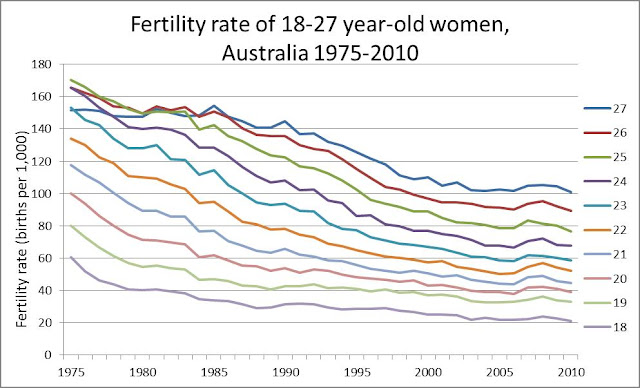Not all cuisines are created equal. Certainly not according to the Australia voting public at least.
Following on from "Stirring the data with an urban spoon" (an analysis of urbanspoon data), this map compares popularity of different cuisines across the globe.
Some countries' cuisines were individually defined (Thai, French, Moroccan, Brazilian), while others came under umbrella tags, such as "Africa" or "Latin America".
Others were missing entirely from the list (eg. New Zealand, Sri Lanka, Russia, Sweden).
Following on from "Stirring the data with an urban spoon" (an analysis of urbanspoon data), this map compares popularity of different cuisines across the globe.
Culinary Atlas
Some countries (Australia, China, United States) appear to have rubella. This is because their cuisines were described multiple times. Australia came under "Modern Australia" (in orange) and "Native Australia" (a slightly darker shade of orange).
Some countries (Australia, China, United States) appear to have rubella. This is because their cuisines were described multiple times. Australia came under "Modern Australia" (in orange) and "Native Australia" (a slightly darker shade of orange).
Some countries' cuisines were individually defined (Thai, French, Moroccan, Brazilian), while others came under umbrella tags, such as "Africa" or "Latin America".
Others were missing entirely from the list (eg. New Zealand, Sri Lanka, Russia, Sweden).





